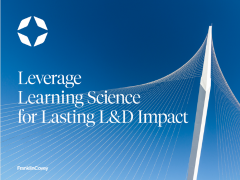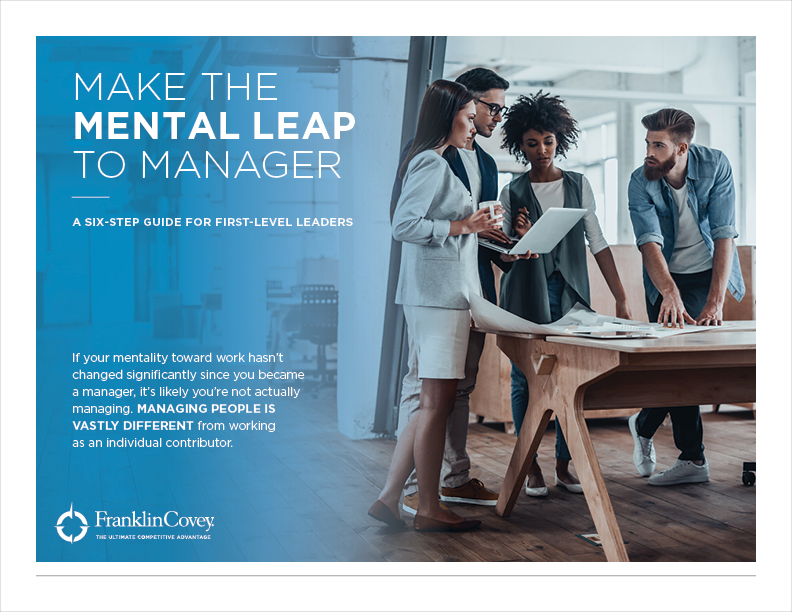
Leverage Learning Science For Lasting L&D Impact
FREE GUIDE

Individual contributors and executives value learning new skills and professional development opportunities today more than ever. A recent study shows that 61 percent of people would be motivated to stay at their current organisation if they had upskilling opportunities.
Organisations are increasingly investing in learning and development (L&D) programs, but not all programs are created equal. To produce behaviour change that drives breakthrough results, discerning HR leaders need to look for solutions grounded in learning science that encourage active learning, intentional application, and accountability.
Download our newest guide to learn more about leveraging learning science for lasting L&D impact and share it with other leaders in your organisation.
-

Please fill out the form to receive our free guide via email.
-
-
Every day, your leaders and your workforce are faced with countless bits of information while making decisions that range from the pragmatic to the strategic. As they confront more and more information—requiring them to act quickly while considering varying perspectives—they are primed to rely on biased thinking.
Why? Because unconscious biases are shortcuts that help our brains compensate for overload. This affects how we make decisions, engage with others, and respond to various situations and circumstances, often limiting potential, inhibiting performance, and leading to poor decision-making.
